Haa Trans Bhutan Trail, Bhutan
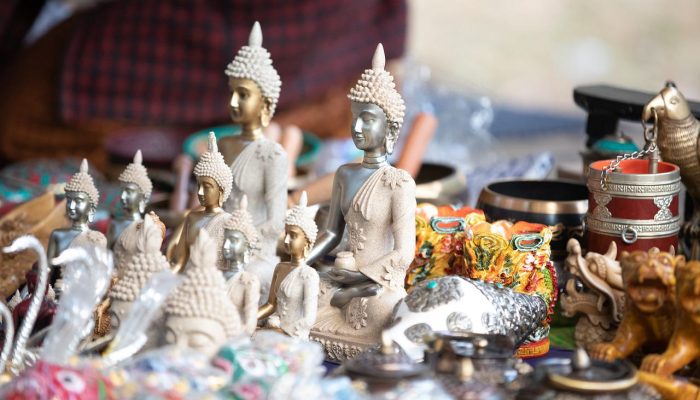
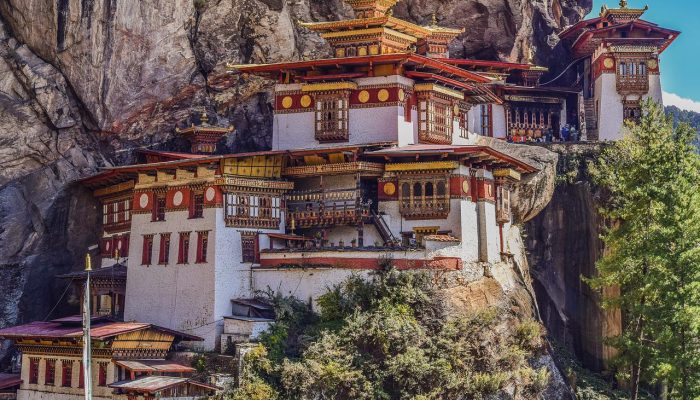
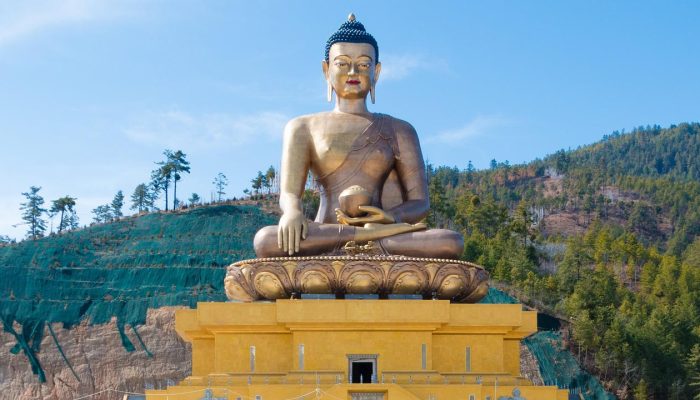
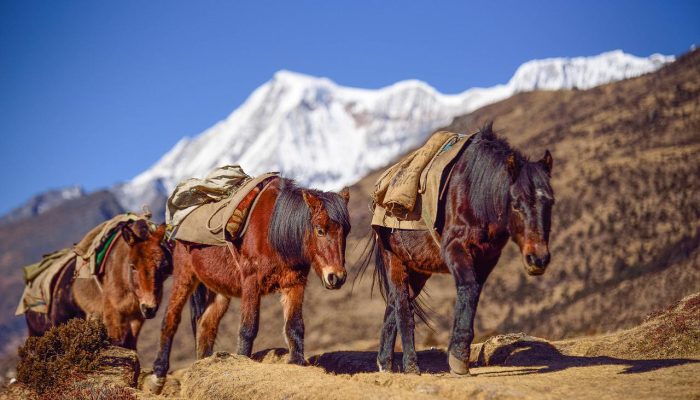
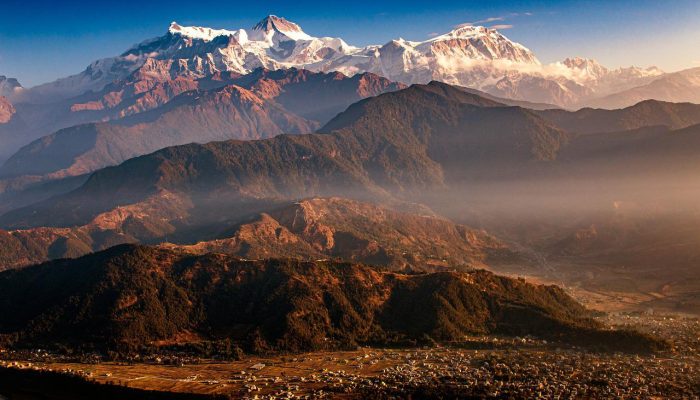
Sample Itinerary
DAY 1
Paro to Haa
After arriving & visa formalities and collection of baggage, you will be welcomed by our tour representative who will be your tour guide during your entire trip in Bhutan.
We will visit following places
Rimpung Dzong
The Paro Dzong is probably Bhutan’s best known and most iconic Dzong. This is probably the first building you will notice when you land at Paro International Airport and will probably be your first memory of Bhutan. The imposing Dzong is perhaps the finest example of Dzong architecture existing the world today, the massive buttered walls of the fortress dominate over the valley. The Rimpung Dzong’s names translates to the “Fortress on a heap of Jewels “.
Ta Dzong (National Museum of Bhutan)
The National Museum of Bhutan is housed inside the six storied circular Ta Dzong. The Ta Dzong is a medieval watch tower situated above the Rimpung Dzong. The Ta Dzong was constructed in 1656.
DAY 2
Haa- Karsho-Ngopa (Paro)
After breakfast at your hotel, you will be transferred to Katsho, where you will begin your first day of trekking on the ancient Trans Bhutan Trail. For generations, the people of Haa followed the route you will walk today to trade with the Parops in the neighbouring valley. There, they would barter 20 drey (approximately 30 kilograms or 66 pounds) of Shakam (dried meat) for 20 drey of rice at Paro Tshongdu (market) because the harsher climatic conditions in Haa are unsuitable for rice cultivation.
The age-old trail follows the beautiful Haa river as it gently rises out of the Katsho Valley, passing through yak pastures before heading into forests of pine and rhododendron. As you traverse the Katsho Valley, look out for cliff-edge Bjungneydra Taktsang (monastery), also known as “The Mini Taktsang”, and the sky burial site of Kungkarpo. The Trail continues to climb until it reaches the pass at Kaleyla, where it crosses the ridge trail between Chelela and Sagala. At Kaleyla, you will enjoy stunning views of the Himalayan range to the north, including, on the clearest days, vistas of Mount Jomolhari (7,314m/23,996ft), Mount Jichudrakegang (6,794m/22,290ft) and Mount Tsherimgang (6,789m/22,273ft). You will be provided with a picnic lunch during this stop.
From Kaleyla, the trail descends through rhododendron and bamboo forest into the Paro Valley. The last few kilometres to Paro will then be on tracks which meander through traditional Bhutanese farming villages.
On arrival in the Ngopa gewog of Paro you will have the chance to visit Kichu Lhakhang (temple). Said to date from the 7th century and built by Songtsen Gampo, it is one of Bhutan’s oldest religious sites. Kichu Lhakhang is home to an original statue of Jowo Jamba which is one of the most sacred sculptures in the region; and the two orange trees inside the monastery courtyard are said to bear fruit year round.
DAY 3
Ngopa- Dopshari (Paro)
After breakfast this morning, rejoin the Trans Bhutan Trail heading east. The Trail rises gently from Lamgong Village as it traverses the sprawling rice paddies of the Paro Valley, before carving around the northern ridge and descending into the traditional village of Dopshari.
At Dopshari, enjoy a cookery demonstration and a traditional Bhutanese lunch at a local farmhouse. After lunch, you will also have the opportunity to try your hand at Bhutan’s national sport, archery, and have a quick game of traditional ‘khuru’ (darts).
After lunch, head back out onto the trail for the climb up to Upper Dopshari, where you will enjoy stunning views out over the Paro Valley.
You will be collected from Upper Dopshari and transferred back towards Paro. En route, visit Ta Dzong or the ‘watchtower’, originally built in 1649 to protect Paro Dzong from the Tibetan military. In 1968, Ta Dzong became Bhutan’s National Museum, and is now home to a number of exhibitions including sculpture, painting and artifacts depicting Bhutan’s magical past. Afterwards, continue to the stunning Paro Rinpung Dzong (fortress), meaning ‘Fortress on a Heap of Jewels’. The original construction of this dzong is believed to have been completed in 1458 and it was restored to its present glory by His Majesty the Third of Bhutan, King Jigme Dorji Wangchuck, to mark his royal wedding in 1951.
Drive to Hotel
DAY 4
Thimphu
After breakfast, we will drive to following places:
Kuensel Phodrang
The Kuensel Phodrang or the Buddha point is the world’s largest sitting Buddha statue, the statue is 167 feet high. The statue is situated on top of a hill overlooking the city of Timphu; it can be accessed by road and is about 15 minutes away from the city’s center. The word Kuensel means everything is clear and from this place, you will sure enjoy a great view of the Thimphu Valley on both sides. The statute will house a temple inside it, the statue and its adjoining car park and recreational center.
National Memorial Chorten
Bhutan’s third king, H.M. Jigme Dorji Wangchuck who is also known as the “father of modern Bhutan”, built the National Memorial. He wanted to erect a monument carrying the message of world peace and prosperity. However, he was unable to give shape to his idea in his lifetime due to pressures of state and other regal responsibilities.
Motithang Takin Preserve
The Motithang Takin Preserve also known as the Thimphu Zoo by many is a small natural preserve for the Takin Bhutan’s national animal. It was originally a mini zoo, but it was converted in a preserve later on as the Takin. The mini zoo contained a small number of Takin but the King of Bhutan later decreed that it was improper for a Buddhist nation to keep an animal in captivity.
(Overnight at Thimphu)
DAY 5
Thimphu – Punakha
ost early breakfast, you will drive towards Punakha via Dochula Pass. We will stop over for tea at Dochula (3,100 m), where on a sunny day; you can get stunning views of the Himalayan ranges. The Dochula Pass is probably the best-known mountain pass in Bhutan. Located at an altitude of 3150 meter above sea level, the Dochula Pass is about 30 kilometer away from the capital city Thimphu and the road to Punakha. On a clear day, the pass offers visitors a spectacular view of the majestic eastern Himalayan Ranges.
Punakha Dzong
The Punakha Dzong or the Pungtang Dechen Phortang Dzong is located at the confluence of the Mo Chhu and the Po Chhu River, combine to form the Puna Tsang Chu, which in turn is a tributary of the mighty Brahmaputra River. Zhabdrung Ngawang Namgyal Wangchuck constructed the Dzhong in 1638.
(Overnight in a hotel in Punakha)
DAY 6
Punakha – Bumthang
After an early breakfast, we will be driving down to Trongsa. Admire the view en route the valley of Wangdiphodrang. We will drive to Chimmi Lhakhang to start with. The Chimi Lhakang is a Bhuddhist monastery located in the Punakha District of Bhutan. The monastery stands on a small hill close to the village of Lobesa and was constructed in 1499 by Ngawang Choegyel, the 14th Drukpa heirarch.
Chendebji Chorten
Located 2 kilometers away from the village of Chendebji is the Chendebji Chorten, a large Buddhist Stupa. The Chendebji Chorten is a large white structure built in likeness to the famous Bodhunath Stupa located in Kathmandu in Nepal. Lama Shinda from Tibet constructed the Chorten in the 19th century AD. The Stupa is believed to have been constructed at a spot where the Lama subdued an evil spirit.
Trongsa Dzong
The Trongsa Dzong or the Cheokhor Rabdentse is one of the largest and most impressive Dzong in Bhutan. The Dzong is located on a cliff overlooking the Mangde Chu river gorge. The Dzong was built at the site of a temple that was constructed in 1543, by a Drukpa Lama. This huge multi-level fortress comprises of a series of courtyards and passageways that are built along the topography of the ridge.
DAY 7
Bumthang
After breakfast start your day excursion to beautiful lush but remote Tang valley. Visit the century old Ugyencholing Heritage Museum, which once belongs to the Royal Family of Tang valley. Lunch will be served at a farmhouse. After lunch drive back to Bumthang, on the way visit Mebar Tsho (Burning Lake), where some of Guru Rimpoche’s treasures was discovered in the 15th century by the famous treasure discoverer- Pema Lingpa. It is a serene place to meditate.
Namkhe nyingpo Goemba:
Namkhe Nyingpo Goemba is located on a hill just east of the town of Jakar, the administrative center of the Bumthang district. The monastery was established in 1970 and is home to about 300 monks who are learning about the Nyingampa Buddhism.
In the evening stroll around Bumthang town and dinner at local restaurant in the town.
Overnight at a hotel in Bumthang.
DAY 8
Bumthang – Gangtey
After breakfast, you will drive to Gangtey and visit Gangtey Goempa. The Gangtey Monastery or the Gangtey Goempa is an important monastery / temple associate with the Nyingmapa school of Buddhism. The Monastery is Located in the WanduePhodrang Dzongkhag in central Bhutan. The Gangtey Monastery is situate in the picturesque Phobjikha Valley, which is also renowned for being the winter home of the rare Tibetan Black Necked Cranes. Peling Gyalse Rinpoche, the grandson of Trenton Pema Lingpa the great treasurer discoverer, established the monastery in 1613.
Phobjikha valley
The Phobjikha is a wide glacial valley located in close to the Gangtey Monastery. The Phobjikha valley is the winter home of the rare Black Necked Cranes that migrate from Tibet from the arid plains of Tibet to roost in the more comfortable climate of the Phobjikha Valley. The valley is at an altitude of 2900 meters above sea level and experiences a much lighter winter as compared to the harsh extremes of Tibet.
(Overnight in a hotel in Gangtey)
DAY 9
Gangtay - Paro.
After early morning breakfast, you will drive to Paro and on the way, we will visit:-
Simtokha Dzong
The Simtokha Dzong is a small Dzong located approximately 5 kilometers south of Thimphu. The Dzong is officially called the Sangak Zabhon Phodrang, which roughly translates to the Palace of the Profound Meaning of Secret Mantras. The Simthoka Dzong is said to be the first fortress to have been built by the legendary Zhabdrung Ngawang Namgyal in Bhutan.
Rimpung Dzong
The Paro Dzong is probably Bhutan’s best-known and most iconic Dzhong. This is probably the first building you will notice when you land at Paro International Airport and will probably be your first memory of Bhutan.
The imposing Dzong is perhaps the finest example of Dzhong architecture existing the world today, the massive buttered walls of the fortress dominate over the valley. The Rimpung Dzong’s names translates to the “Fortress on a heap of Jewels “.
Rimpung Dzong
The Paro Dzong is probably Bhutan’s best-known and most iconic Dzhong. This is probably the first building you will notice when you land at Paro International Airport and will probably be your first memory of Bhutan.
The imposing Dzong is perhaps the finest example of Dzhong architecture existing the world today, the massive buttered walls of the fortress dominate over the valley. The Rimpung Dzong’s names translates to the “Fortress on a heap of Jewels “.
Later drive to Paro, we will visit the market.
(Overnight in a hotel in Paro)
DAY 10
Paro
After early morning breakfast, we will take you for a morning hike up to Taktsang Monastery, also known as ‘Tiger’s Nest’. Hanging precariously and magically from a rather steep cliff, the Taktshang monastery is a monument of genuine pride for the Bhutanese nation. It defies architectural principles to the core and amazes tourists from around the world. It is a remarkable sight.
Kyichu Lhakhang
The Jowo Temple of Kyichu is one of the oldest temples in Bhutan. The Tibetan King Songsten Gampo built the temple in the 7th Century AD. The Kyichu Lhakhang was one of the 108 temples constructed by him to subdue a demon that was terrorizing the people of the Himalayas. The Lhakhang underwent many extensions during the ages with the last one being carried out in 1965 by the Queen Mother Ashi Kezang Choden Wangchuck.
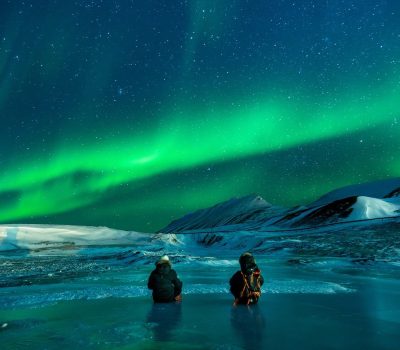
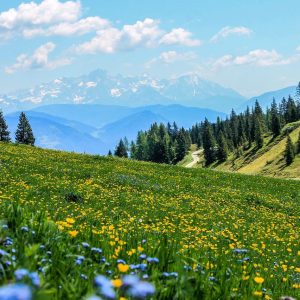
CREATE AN EXPERIENCE
Let's Make Memories Together
The voyage does not finish once you have left. We’ll transport you to a world of wonders and create amazing memories that will last long after you’ve returned home.
Away from the regular tourist traps, you’ll have a one-of-a-kind, authentic experience. A sensation created in an energizing setting that will be yours and yours alone. We will make this happen because old travels are great ones. The world’s wonders are within your grasp.





